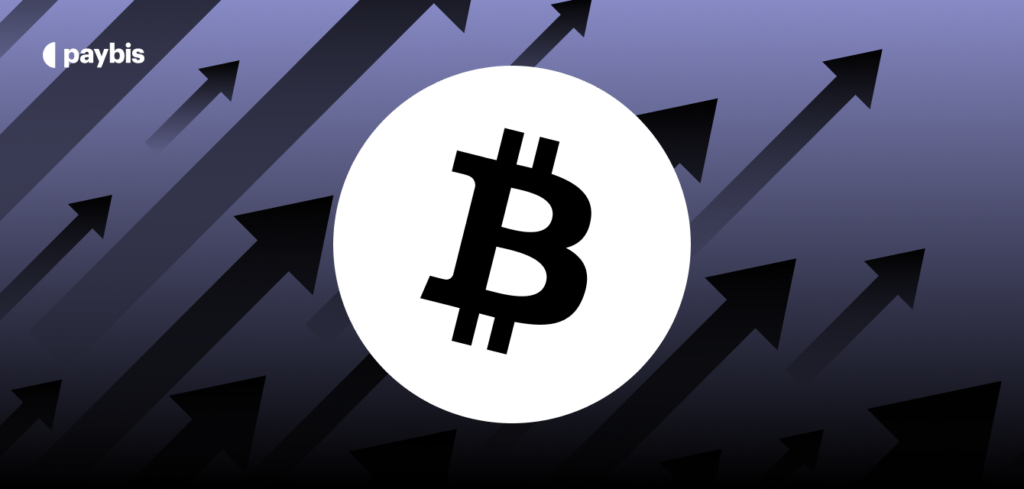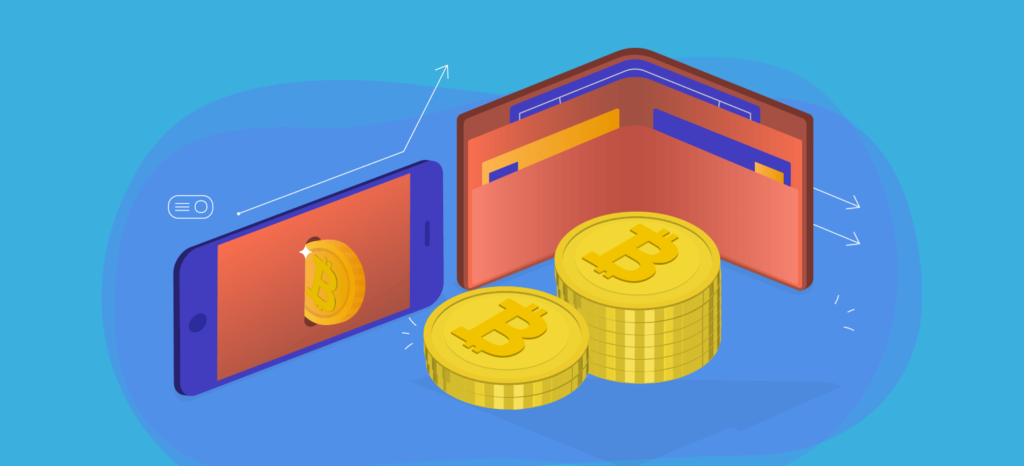Multisig
Multisig stands for multi-signature. This means that multiple approvals (signatures) are needed before a transaction is confirmed.
This short section will explain what is multisig, its purpose, and some of the best practices to increase your security.
What is multisig in the context of cryptocurrency?
Multisig stands for multi-signature. This means that multiple approvals (signatures) are needed before a transaction is confirmed.
Although already present in other industries, the concept was first applied to Bitcoin addresses in 2012, which led to the creation of multisig wallets.
These wallets function by adding one or more private keys to the wallet. This way, the transactions can only be confirmed by providing the 2 or more private keys.
Why are multisig wallets useful?
Here’s why multisig wallets make a good option:
- Increase Security – Hackers need all the participating keys to confirm a transaction.
- Company Transactions – for cryptocurrency businesses that work with multiple stakeholders, multisig wallets are optimal.
- Escrow Transactions – in this case, a multisig wallet can be used to lock the funds of a transaction between 2 parties until a 3rd trusted party (e.g. lawyer) signs it with their private key.
Multisig wallets best practices
As with all wallets, you should always back up your keys and write your mnemonic phrase on a piece of paper.
When working with multiple keys, it’s best to keep these keys in different locations and/or devices so they can be protected independently.
Keep in mind that when sharing a multisig wallet, all private key holders will have to take extra care of their private key. If the requirements for signing the transaction can’t be met, funds will become inaccessible to everyone.
Disclaimer: Don’t invest unless you’re prepared to lose all the money you invest. This is a high‑risk investment and you should not expect to be protected if something goes wrong. Take 2 mins to learn more at: https://go.payb.is/FCA-Info


